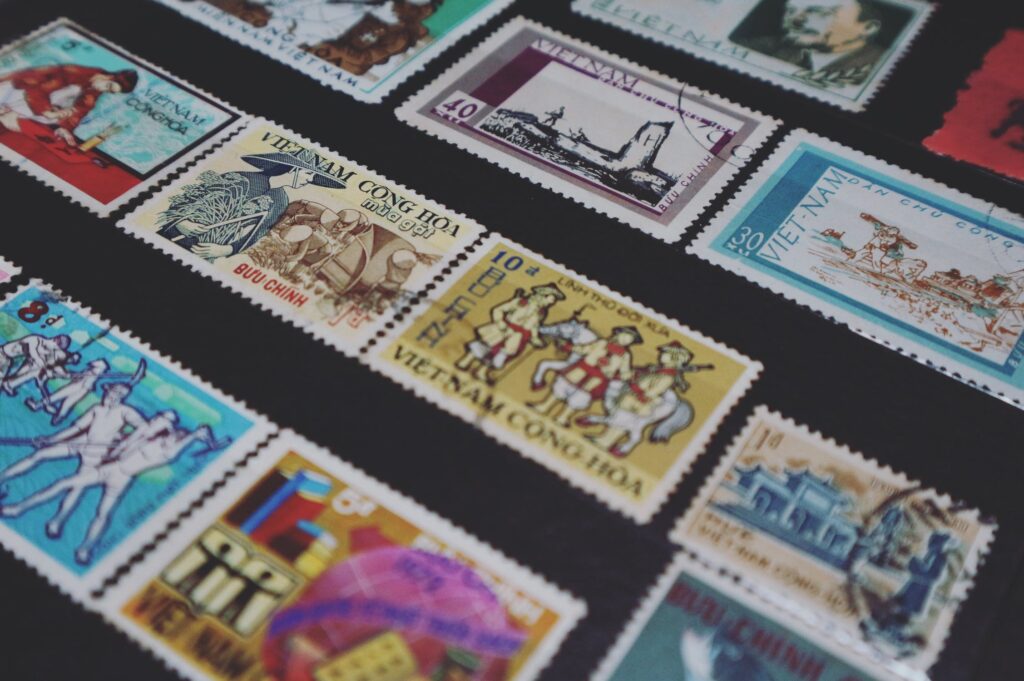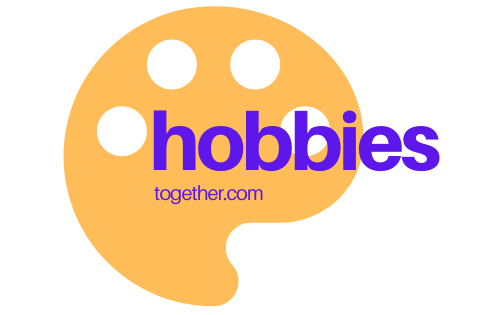
Thinking about stamp collecting as a hobby? Be careful; many novice stamp collectors quickly become addicted. That’s because stamp collecting combines art, history, sociology and culture—not to mention it can be a sound financial investment. Stamp collecting can be a solo hobby you do to relax or one you share with a close friend or family member. It’s a hobby you can pass on to a child or a grandchild.
If any of those reasons sound exciting and appealing, then this could be the hobby for you. This ultimate guide will help you understand the basics of stamp collecting and how to get started.
Choose the stamp condition you want to collect.
Now, if you have inherited a stamp collection, consider going with that theme or condition as you learn the ropes. Don’t be afraid; once you’ve gotten the hang of things, you can branch out in a way that is more appealing. If you are starting a collection from scratch, you will likely gather stamps in various conditions:
- Used Stamps: Usually cheaper and easier to find, these stamps have been used and canceled by the postal service. They will be postmarked and often adhered to envelopes, packages, postcards and other postal materials.
- Unused Stamps: With no postmarks or other markings, they should have their original gum.
- Fine-Used Stamps: Lighter postmarks mean the stamp is left with sharp and clear distinction. Some older postmarks (prior to 1920) are more valuable, especially from military camps, railway stations and ships.
- Themed: Stamps come in many different themes, often called topological collecting. From birds to horses, World Heritage Sites to politicians, there are nearly a thousand different kinds of themes to collect on—and that number is growing.
Become familiar with these stamp collecting terms.
Like all hobbies, stamp collecting comes with its own lingo. You’ll need to understand these terms, especially as you begin to interact more and more with other collectors. There are dozens of terms and acronyms to learn. Let’s start with the ones most common for beginners:
Catalog Value (CV): The market price for the stamp as listed in an official stamp catalog, often determined by past sales and expert analyses.
Cancelations: The ink marks that are placed over a stamp when it’s used, often called a postmark. A stamp without a cancelation is known as mint.
Hinge: A small piece of wax paper or tape used to mount a stamp into an album. Hinged stamps are less valuable than those that have never been hinged (NH).
Perforations: The circular grooves on the side of a stamp. Most often measured in millimeters, there are different sized perforations— and some are more valuable than others. There are also stamps without any perforations, called imperforated.
Watermarks: Hidden designs within the paper of the stamp that often cannot be seen without a watermark fluid. Finding watermarks is a lot of fun for collectors who consider themselves to be savvy investigators or enjoy treasure hunts.
Get started with basic stamp collecting equipment.
Stamp collecting is a hobby that can really fit into any budget, so you certainly don’t need to go overboard on equipment, especially in the beginning. However, as you become more and more of a savvy collector, these tools could be helpful:
- Stamp tongs: Handling stamps with your fingers can cause damage. Use spade-end tongs in the beginning, while you’re becoming used to handling stamps.
- Color guide: A tool to help tell the difference between stamps similar in appearance, but slightly different in shade (that can influence its catalog value).
- Magnifying glass: Get a close look at your stamps with a x10 magnification (anything higher and you won’t see the stamp’s design in context).
- Perforation guide: Measure the number of perforations in a defined space, which may be the only way to tell the difference between two stamps that seem otherwise identical.
- Watermark detector fluid: Be sure to grab a watermark tray, which will quickly help your fluid make the watermark visible.
- Stamp albums: A ring binder will be sufficient for budding collections. Wait to invest in more expensive albums when you decide to get more advanced with your collection.
- Stamp identification book: Reference books that help you to identify each stamp and get more information on their background—like how and when it was printed. Check your local library for guides like Scott, Blackbook and the Stamp Collector’s Bible.
Stamp collecting is a fulfilling hobby, but in reality, it is much, much more than that. It is a way to explore the world and travel through time, all while relaxing and creating a Zen-like experience. Whether you inherited a collection, found them at an antique store or have simply begun collecting them from your mail, stamps offer a window to history, culture and humanity.
